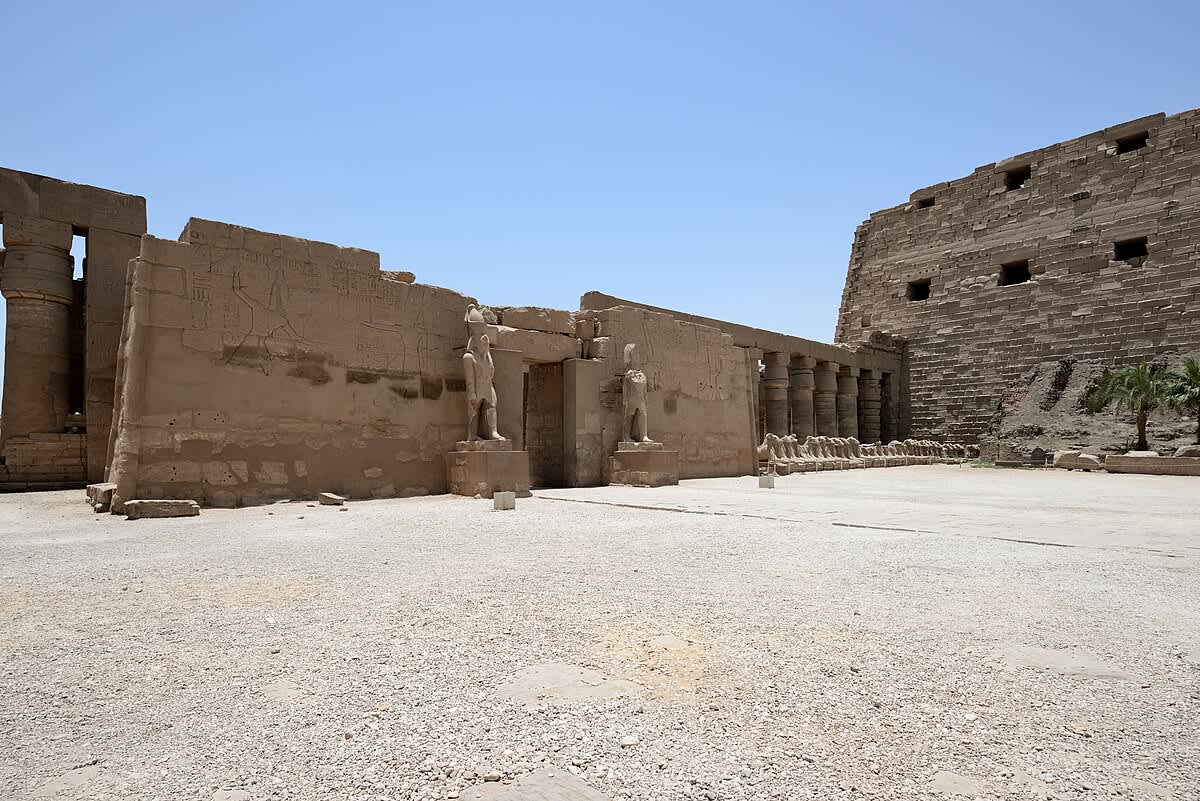2,300-year-old ancient burial site found in Peru had people bound by ropes and hands tied behind their backs

A strange burial site has come forth in Peru. The site is being deemed uncanny because of the way individuals have been laid to rest in that location, according to Live Science. Archaeologists discovered the burial site while excavating a temple on the northwestern coast. The investigation has been going on from 2024 to 2025, during which archaeologists have gathered remains of more than a dozen individuals. How those people have been buried suggests that their death was possibly not peaceful, and part of a sacrifice. Though human sacrifices have been detected before, archaeologists claim that this burial carries some rare features.

Association with Andean Civilization
The experts examined the remains near the Puemape Temple Complex, who determined that all of them were around 2,300 years old. It implies that the individuals were laid to rest sometime during the prehistoric period of Andean civilization, which was active in Peru. On some of the remains, the team also spotted clear-cut evidence of human sacrifice. Henry Tantaleán, an archaeology professor at the National University of San Marcos who is leading the team, claimed that they were most shocked by how the remains were placed. Almost all the individuals were found buried, with their faces to the ground. A pattern that has not been observed to date in burials from Andean prehistory.

Condition of the Remains
Tantaleán claimed that the skulls of certain buried individuals showed signs of fracture. The most startling observations were of these people having ropes around their necks and hands tied behind their backs. These observations suggested that they were possibly sacrificed. The fact that the team did not find any offerings or grave goods, besides these individuals, further backed their assertion. As far as the identity of these buried individuals is concerned, researchers have speculations and need more DNA testing and studies to conclude. At present, the team hypothesizes that they were locals, but there is a possibility that they belonged to a neighboring valley. To solve this mystery, researchers will also consider insights from the ceramic, plant, and animal remains they uncovered from the Puemape Temple Complex.
Who was the Sacrifice Dedicated to?
Researchers think that the human sacrifice may have been dedicated to the Puemape Temple Complex. Even though the temple is 3,000 years old, as per past studies, the remains came at a later date, around 400 to 200 B.C. There is a possibility that the place of worship was abandoned before the sacrifice ritual, and the humans were dedicated to the establishment. "They would have been a sacrifice offered to this ancient place of worship," Tantaleán added. Along with experts from the National University of San Marcos, archaeologists from the University of South Florida were also involved in the project.
Though the condition of the remains shocked experts, certain practices detected in the burial site have been observed in Peru before. One of these was about the buried individuals being bound by a rope. In 2021, another team of experts found an 800 to 1,200-year-old mummy bound by rope in Lima, according to Science Alert. Back then, no one pointed fingers at the cause being human sacrifice. But the similarity does raise some speculations.